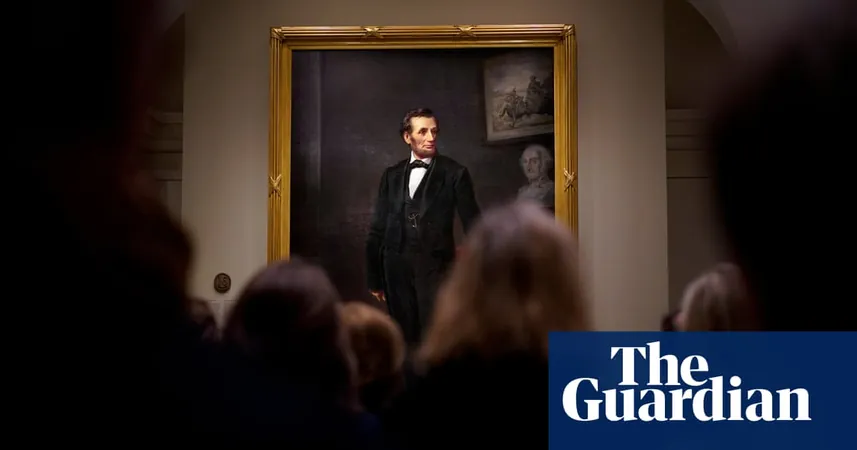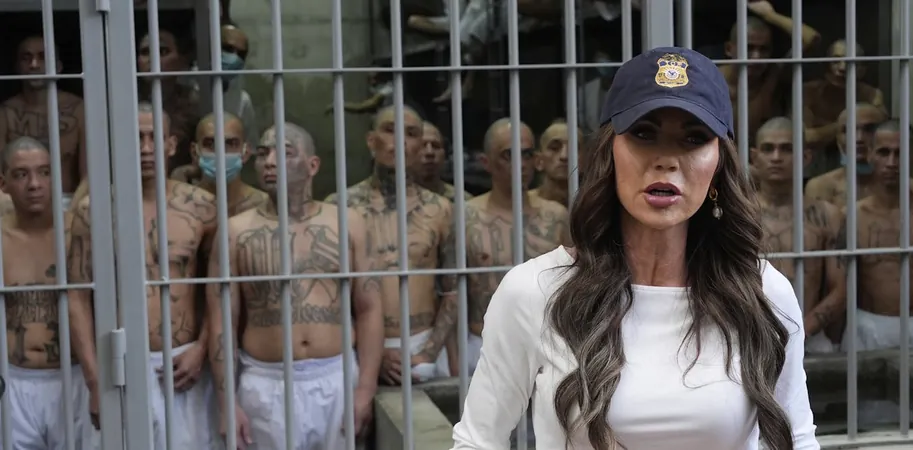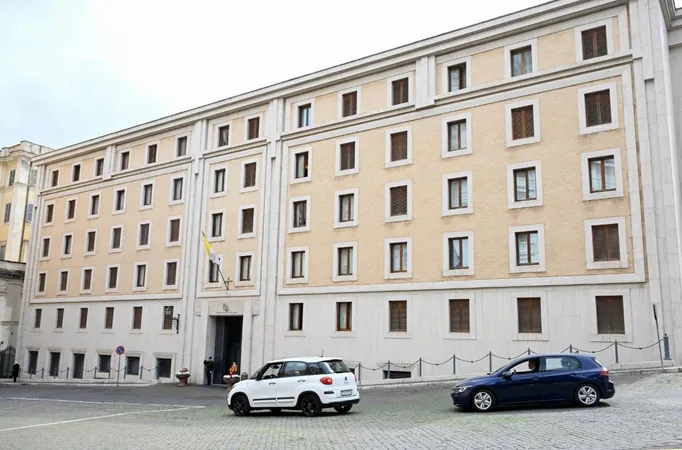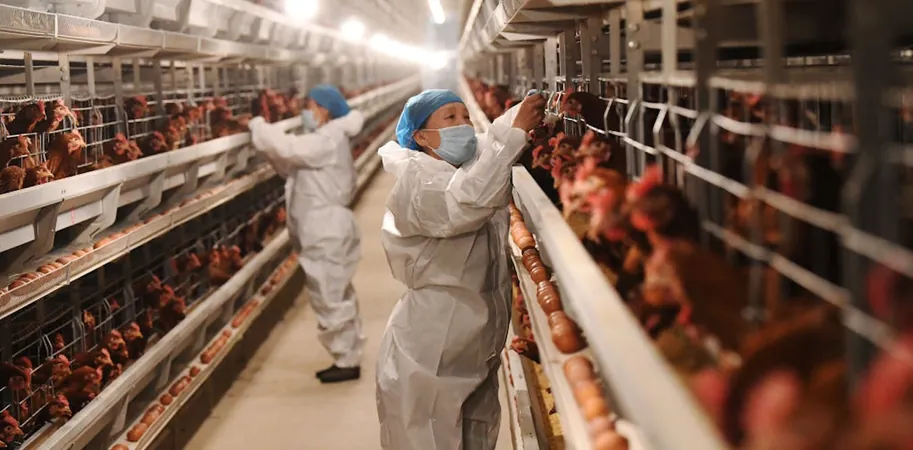
Trump’s Controversial Executive Order Aims to Transform Smithsonian Funding Amid Claims of 'Improper Ideology'
2025-03-28
Author: William
Introduction
In a bold move signaling a significant shift in cultural policy, former President Donald Trump announced an executive order designed to reshape the Smithsonian Institution. This directive targets funding for programs that he claims promote “divisive narratives” and “improper ideology.”
Trump's Announcement
During his announcement on Thursday, Trump asserted that over the last decade, there has been a concerted push to distort American history. He criticized this movement for replacing “objective facts” with what he described as “a distorted narrative driven by ideology rather than truth.”
Leadership and Focus
To lead this new initiative, Trump appointed JD Vance, the Ohio senator, emphasizing the need to eliminate what he perceives as biases within the Smithsonian's museums, research centers, and even the National Zoo. This order highlights specific institutions, such as the National Museum of African American History and Culture and the upcoming Women’s History Museum, indicating that these venues have come under scrutiny for promoting perspectives that may not align with Trump's vision of American history.
Key Statements and Reactions
The executive order states, “Museums in our Nation’s capital should be places where individuals go to learn – not to be subjected to ideological indoctrination or divisive narratives that distort our shared history.” This assertion has sparked significant debate, as critics argue that it could impede the critical and diverse exploration of American history that these institutions embody.
Implications for the Smithsonian
While representatives from the Smithsonian have yet to issue a formal response, the implications of this order are profound. The Smithsonian Institution is the world’s largest museum, education, and research complex, comprising 21 museums and a national zoo, with eleven of these museums located along the iconic National Mall in Washington, D.C. The institution was founded in the 19th century by James Smithson, a British scientist whose bequest aimed to foster the “increase and diffusion of knowledge.”
Additional Initiatives
In addition to the Smithsonian initiatives, Trump also established the “DC Safe and Beautiful Task Force,” led by Stephen Miller, the U.S. homeland security adviser. This task force will engage local officials to coordinate efforts on various policies, including strict enforcement of immigration laws, increasing the presence of law enforcement, and expediting concealed carry permits. Additionally, the order outlines plans to beautify the city by removing graffiti and enhancing public spaces.
Conclusion
Trump's recent actions firmly place him in the spotlight as he seeks to address concerns over cultural narratives and public safety, stirring both support and opposition among Americans. Critics are already voicing their concerns, suggesting that this initiative could lead to a sanitized version of history being presented in one of the nation’s most important cultural institutions. As the political landscape remains charged, the repercussions of this executive order are likely to fuel discussions around historical representation and ideological influence in public spaces.









 Brasil (PT)
Brasil (PT)
 Canada (EN)
Canada (EN)
 Chile (ES)
Chile (ES)
 Česko (CS)
Česko (CS)
 대한민국 (KO)
대한민국 (KO)
 España (ES)
España (ES)
 France (FR)
France (FR)
 Hong Kong (EN)
Hong Kong (EN)
 Italia (IT)
Italia (IT)
 日本 (JA)
日本 (JA)
 Magyarország (HU)
Magyarország (HU)
 Norge (NO)
Norge (NO)
 Polska (PL)
Polska (PL)
 Schweiz (DE)
Schweiz (DE)
 Singapore (EN)
Singapore (EN)
 Sverige (SV)
Sverige (SV)
 Suomi (FI)
Suomi (FI)
 Türkiye (TR)
Türkiye (TR)
 الإمارات العربية المتحدة (AR)
الإمارات العربية المتحدة (AR)